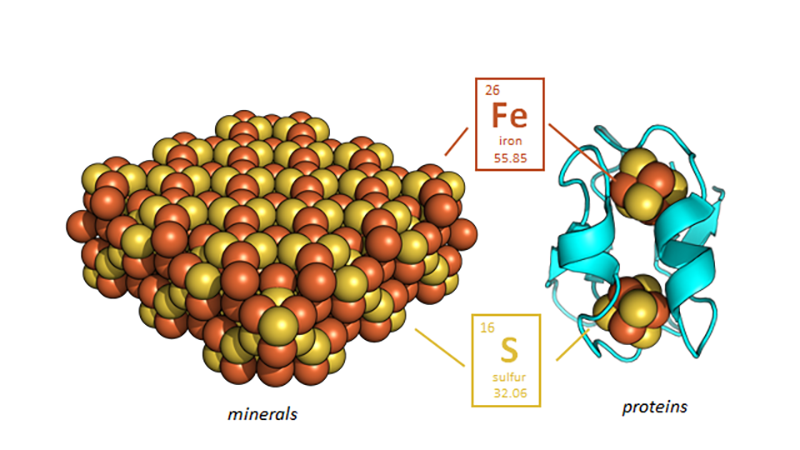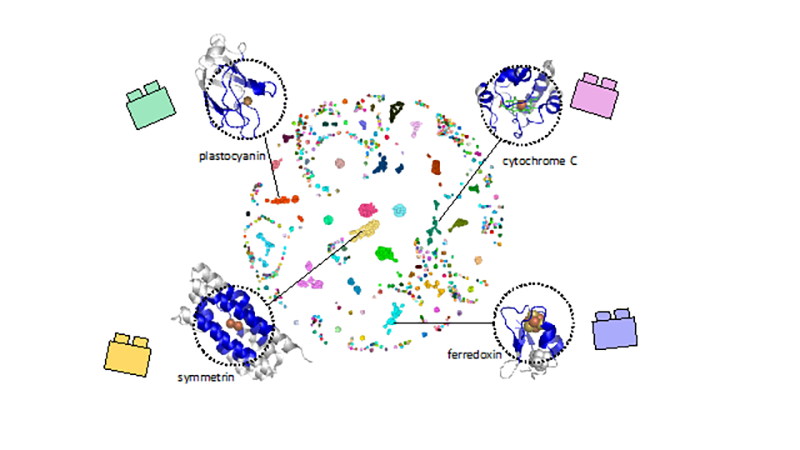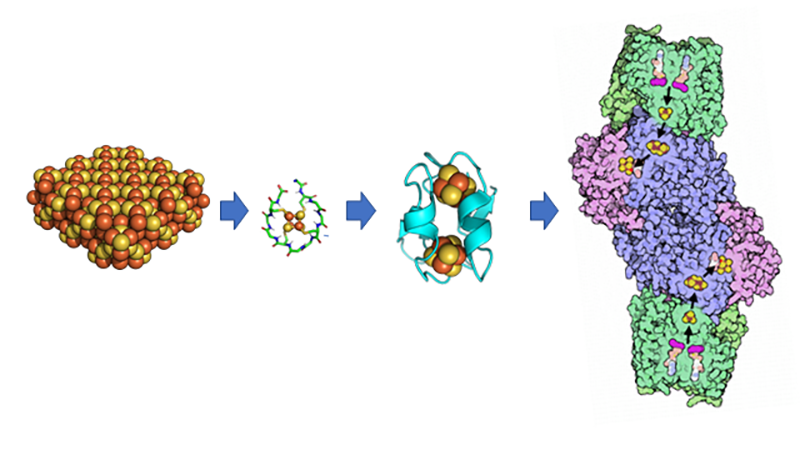
The ENIGMA research team is focused on answering a single, compelling question in astrobiology: How did proteins evolve to become the predominant catalysts of life on Earth? Proteins are nanomachines that enable cells to generate energy and self-replicate. The emergence of these nanomachines allowed early life to convert chemical energy in the environment into useful biologic energy. How?





We really do not know. How life evolved proteins that catalyze electron transfer reactions requires an understanding of how 20 racemic amino acids formed polymers that converted environmental energy into the driving force of life. In all extant organisms on Earth, electron transfer is facilitated by these nanomachines, which form the core of metabolism and catalyze fundamental biologic reactions including anoxygenic and oxygenic photosynthesis, anaerobic and aerobic respiration, and nitrogen fixation. The origin of these nanomachines on Earth and their evolution in microbial ancestors remain an enigma.
The focus of the ENIGMA program is to understand the evolution of the protein nanomachines that mediate electron transfer. We seek to understand the origin of catalysis, the evolution of protein structures in microbial ancestors, and the co-evolution of proteins and the geosphere through geologic time. ENIGMA has three focused, integrated research themes. Click here to learn more about them.

